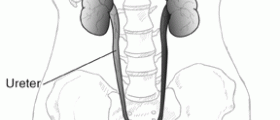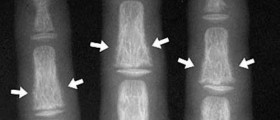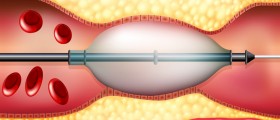
Dialysis is a treatment option for patients suffering from terminal renal failure. Their kidneys have completely lost function to filtrate blood and excrete/eliminate all the toxic substances from the body via urine. Namely, dialysis assists in the removal of waste, salt and water from the body. It is also essential for maintaining an optimal level of electrolytes (potassium, sodium and bicarbonate) in the bloodstream, and the body in general. And finally, dialysis is important for regulation of blood pressure.
Unlike terminal renal failure in which the kidneys will never restore their function and start working again, in case of some acute kidney diseases dialysis may be a temporary solution and treatment, performed only until the kidneys recover and restore their function completely.
People suffering from terminal renal failure as well as those with temporary problems with urine excretion can benefit either from hemodialysis or peritoneal dialysis.
More about Hemodialysis
Hemodialysis is a procedure that includes an 'artificial kidney'. This machine is called the hemodialyzer. It is in charge with filtration of all waste products and removal of toxic chemicals. Once the blood is perfectly cleansed and excessive fluid removed, the blood is returned to a patient's body. So there need to be two lines, one taking patient's blood and sending it to the hemodialyzer and the other via which the filtrated blood returns to the body. In order to start with hemodialysis patients first undergo a surgical procedure during which they are created a so called arteriovenous fistula, a specific passageway between an artery and a vein. In case this procedure is unsuccessful patients undergo hemodialysis with the assistance of a plastic tube (a catheter) inserted into a large vein. Hemodialysis lasts approximately 4 hours and needs to be repeated three times a week. More about Peritoneal Dialysis
Peritoneal dialysis is the second type of dialysis. The entire process takes place inside patient's body. Namely, some body membranes have shown to be quite good filters. This particularly refers to the peritoneum, a membrane used in peritoneal dialysis. Prior the procedure a doctor inserts a catheter inside the peritoneum. During peritoneal dialysis the peritoneum gets filled with a dialysate, a specific chemical bath that draws fluids and toxins out of the bloodstream and provides with electrolytes and other necessary chemicals.
Peritoneal dialysis can be further divided into continuous ambulatory peritoneal dialysis (CAPD)and continuous cycling peritoneal dialysis (CCPD). The first one, CAPD, does not require a machine and can be done at home. On the other side, CCPD requires a machine called a cycler. This device is an essential part of exchange of body fluids and a dialysate. One such cycle lasts approximately 2 hour.
















Your thoughts on this
Loading...